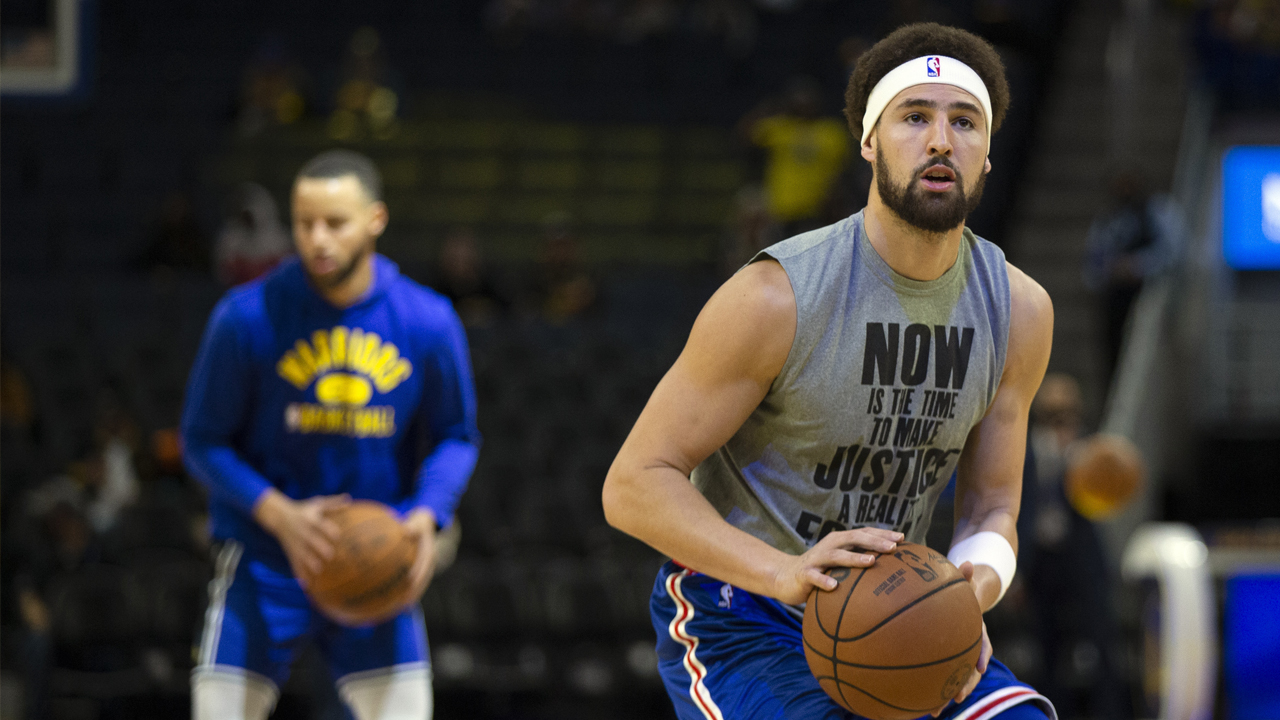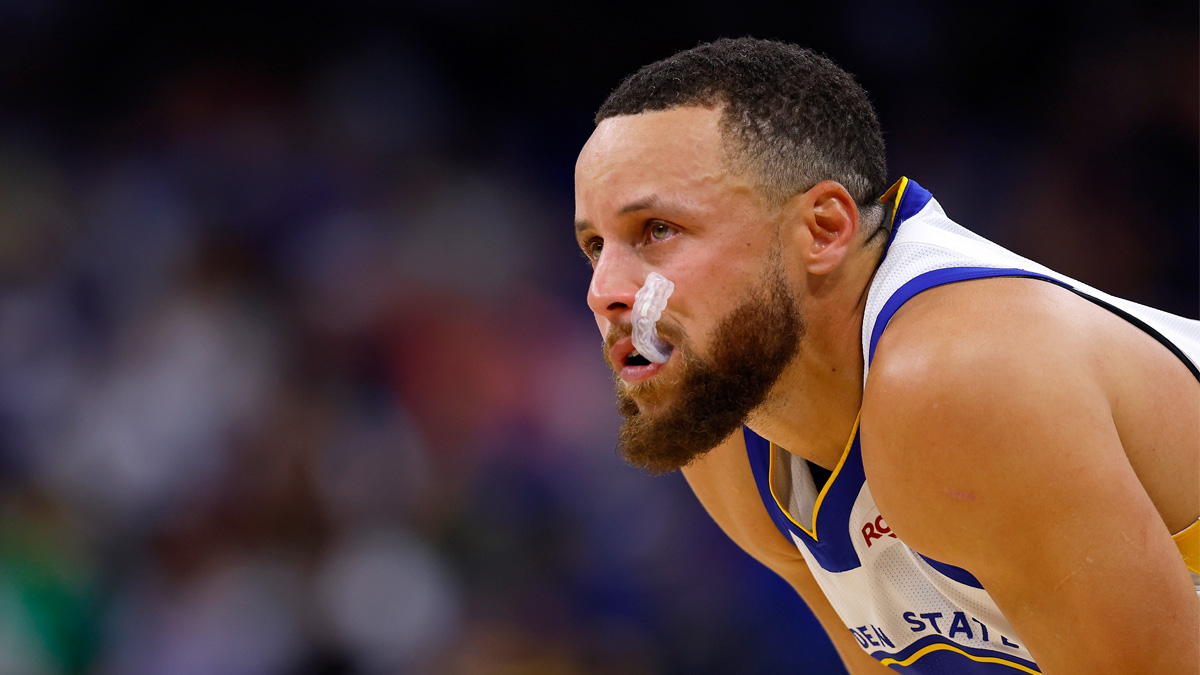
Walk into Oracle Arena in Oakland, cast a glance at the rafters, and you’ll see Nate Thurmond’s jersey, No. 42, hanging in the rafters, never to be worn by another.
Walk into Quicken Loans Arena in Cleveland, take a look above, and you’ll see Thurmond’s jersey, No. 42, hanging in those rafters too.
Walk into the shrine celebrating the 42 classiest men ever to walk the earth, and you’ll find Thurmond’s picture on the wall.
Stay in the game with the latest updates on your beloved Bay Area and California sports teams! Sign up here for our All Access Daily newsletter.
For the gaudy accolades and impressive statistics Thurmond compiled over his 14-year career provide not the slightest hint of the man’s most impressive characteristics. When Nate Thurmond died Saturday morning at age 74, felled by leukemia, so ended the life of a man’s man, a gentleman’s gentleman and a shining example of class and dignity.
Perhaps comprehending the statement made by his height, 6-foot-11, Nate spoke his mind without a shout. He came to the Bay Area in 1963 and shortly thereafter made it his home. He opened a restaurant, “Big Nate’s,” that served fabulous barbecue. He did community work happily and without notice, visiting schools and organizing or participating in various charitable events until poor health intervened. He was the essence of class, revered for being Nate Thurmond.
It’s as if Thurmond lived his life seated in the corner of a barbershop, speaking up only when necessary but always for the right reasons, with clarity and wisdom – whether the subject was basketball or music or food or his fellow man. Nate’s word was enlightening benediction, final the second it reached your ears.
A few years back, as Thurmond and I were serving as NBA Finals analysts on a local TV show, Nate asked me during a commercial break what I thought of a certain Warriors player – a player who shall remain nameless – but whose popularity was growing. I said he has a chance to be good. And then I asked Nate what he thought.
Golden State Warriors
“Nice young man,” Thurmond said.
“No, I mean as a player,” I replied.
“Nice young man,” Thurmond said. “Very nice young man.
“I hope he’s able to give us something.”
The player didn’t last long with the Warriors and didn’t make much of an impact on the NBA.
Though Thurmond was traded to the Bulls in 1974 and then to Cleveland a year later, his loyalty to the Warriors never wavered. He was there for Franklin Mieuli, the man who drafted him third overall and authorized the jersey retirement in 1978. Thurmond was there for Chris Cohan and, in recent years, for the Joe Lacob/Peter Guber ownership group.
He continued, to attend Warriors games, even in recent months, as his eyesight deteriorated to where he couldn’t identify the players. His wife Marci would take his arm and lead him to their seats. I had no idea Nate was losing his vision until maybe a year ago, when he asked me to identify something plainly visible.
“I don’t see so well anymore,” he said, with a slight chuckle. “I need a little help sometimes.”
It was an honor to help Nate Thurmond in any way possible. He helped me – and many others – simply by consistently conducting himself with such regal dignity.
Thurmond spanned the careers of the greatest centers in NBA history, entering the league in a time of Russell and Chamberlain, retiring in the primes of Kareem Abdul-Jabbar and Bill Walton. Nate administered lessons to all four.
Best defender Chamberlain ever faced? He said it was Thurmond.
Best defender Abdul-Jabbar ever faced? He said it was Nate.
So those testimonies to Thurmond’s greatness while employed by two dramatically different franchises are absolutely legitimate. As was his 1985 induction into the Naismith Pro Basketball Hall of Fame and his 1997 inclusion among the Top 50 players in the first 50 years of the NBA.
Rare is the NBA player whose jersey hangs in two arenas, and rarer still is one whose unfiltered humanity dwarfs all he did on the court.
Nate Thurmond was a special individual. He will be missed far beyond what he gave to the Warriors or the Cavaliers or the game of basketball.


